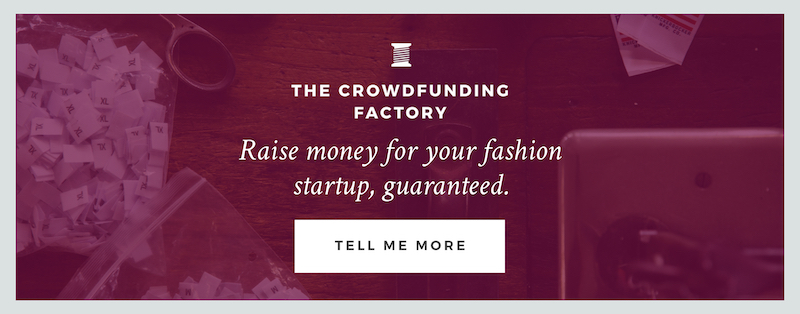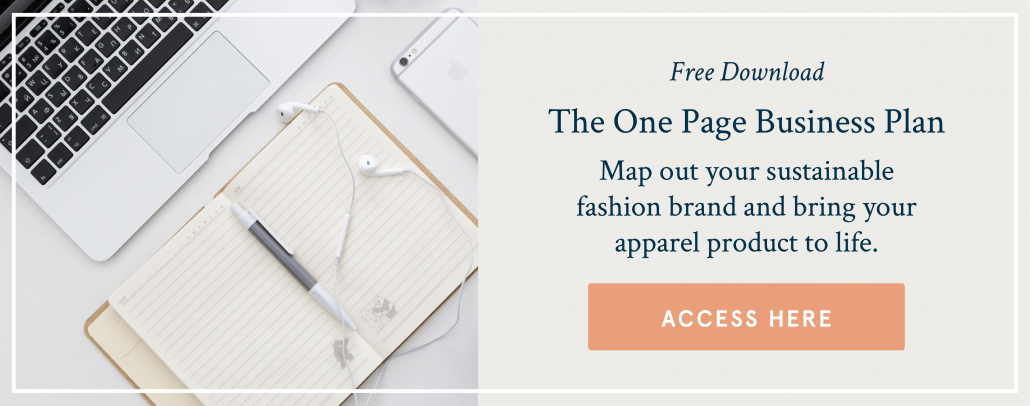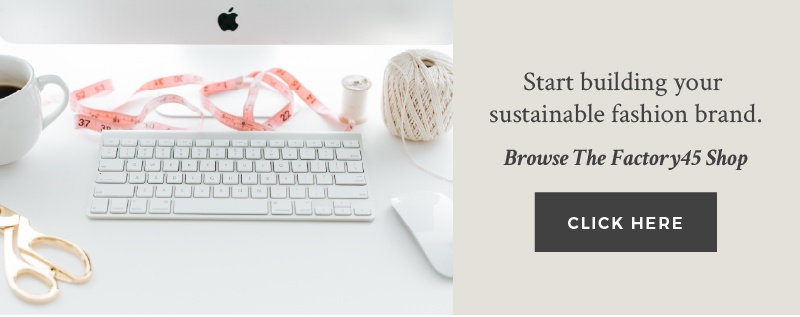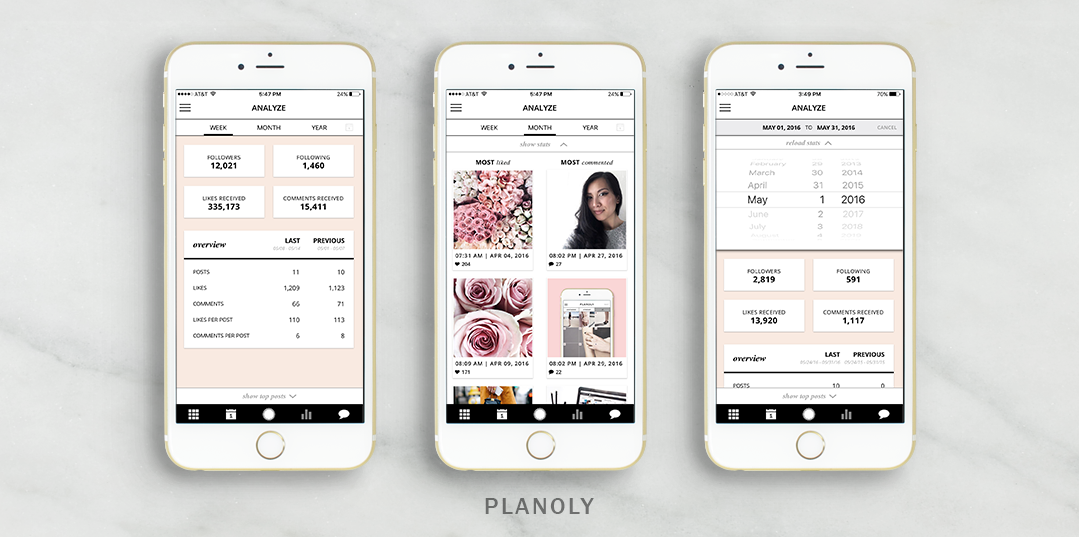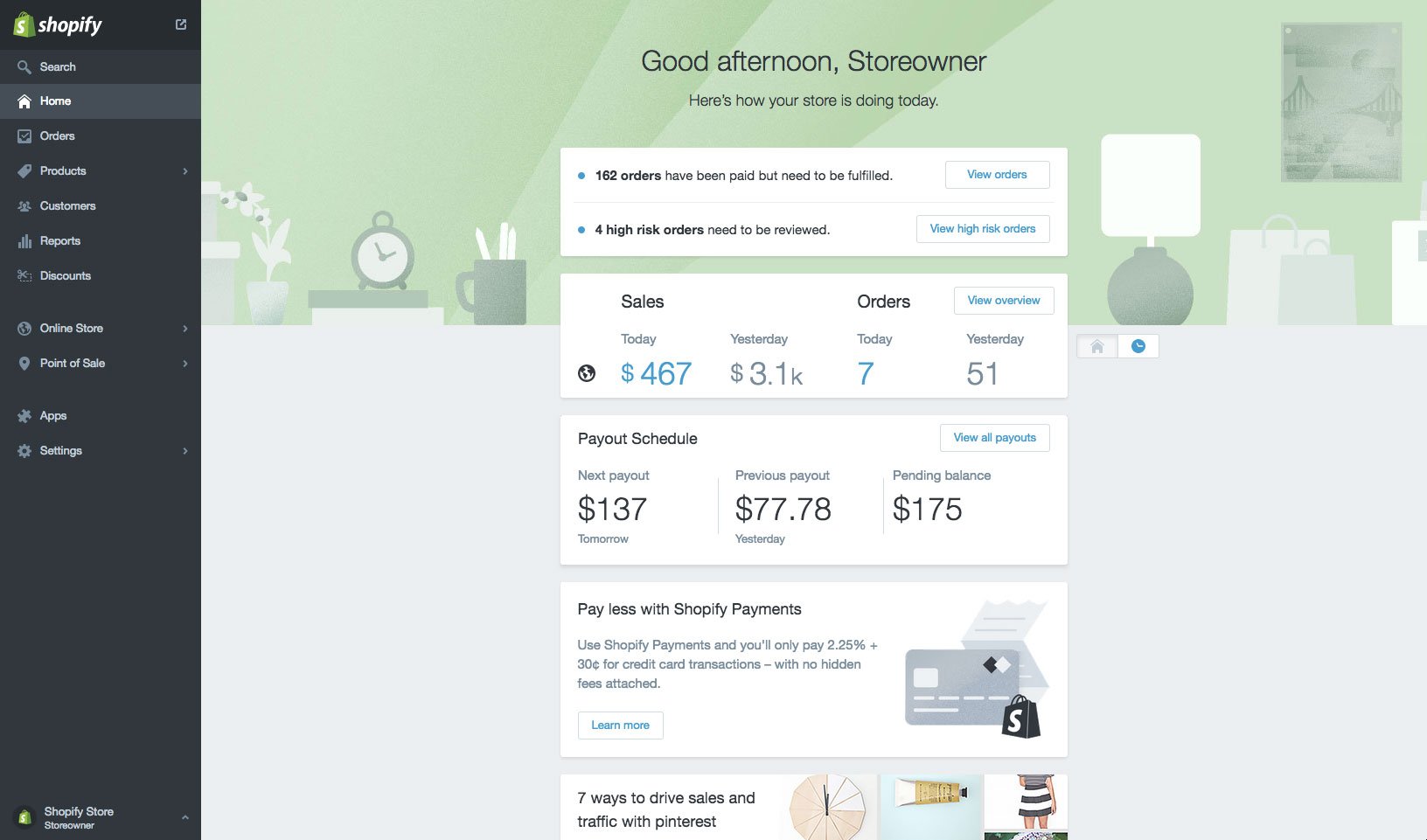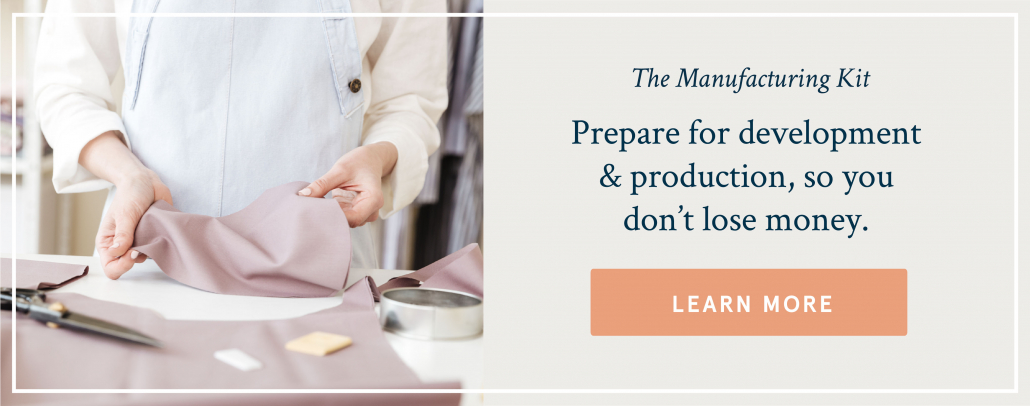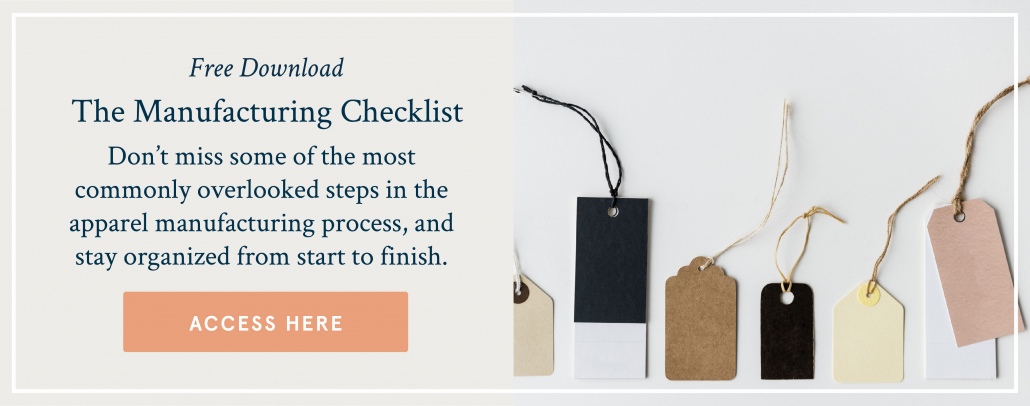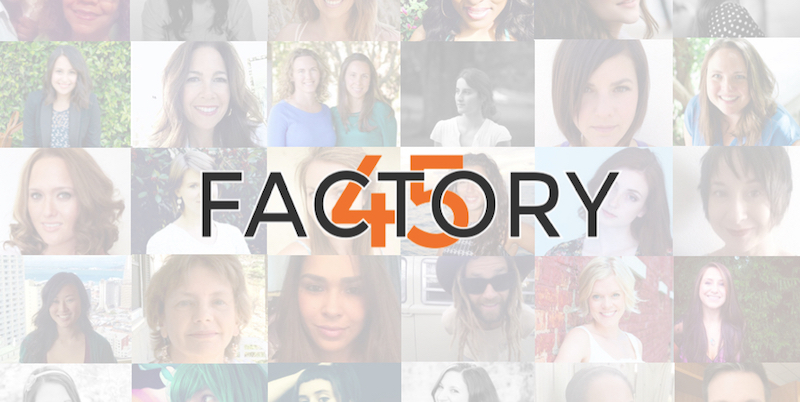This is a guest post by Factory45’er Dina Chavez who launched a Kickstarter campaign this spring for her womenswear line SixChel. Dina raised over $17,000, exceeding her goal amount, and learned a lot along the way. Today she’s sharing her “do’s and don’ts” for launching a sustainable fashion brand through crowdfunding. Here’s Dina:
It’s been about a month and a half since the launch of my fashion brand’s first sustainable capsule collection via Kickstarter.
The campaign was definitely a whirlwind, but now that the dust has settled and we are at the beginning stages of production, we have been able to clear the air and evaluate the process.
I realized that there were definitely a few things we should have done differently before and during the campaign and definitely a few things we should not have done at all.
It is a lot easier to look back and say, “I should have…” and because this information is no longer beneficial to us as far as Kickstarter campaigns are concerned, I decided to share my experiences with you in hopes you do not make the same mistakes I made.
DO:
DO think about public relations: If you have the budget to hire a public relations team, I definitely encourage you to do so. I was fortunate to work with Lorraine Sanders of PressDope, a DIY PR company “increasing earned media mentions” for FEST brands.
Months before the launch of the Kickstarter campaign, we were able to create public awareness of our brand, our story, our products and our launch which helped us increase our audience.
>> TIP: Start planning your PR strategy and media outreach now; you can never start preparing early enough.

DO review the Factory45 “Preparing to Launch” module: If you are a current member of Factory45 or are thinking about becoming one, this has been one of the biggest benefits for me.
The information provided by Shannon during the “Launch” module is very beneficial and should guide you to a successful campaign. I reviewed everything about Kickstarter through the module about a few weeks before I launched.
>> TIP: Review the “Launch” module about a month or sooner before you launch.
DO plan an announcement launch strategy: In order to have a big boom at the beginning of your launch, it is important to have a strategy to announce your launch.
Your audience needs to not only get excited about your brand and product, they also need to get excited about the actual launch. This will help them spread the word out to their friends and family, increasing your audience.
> TIP: Find a creative and exciting way to get your audience excited about your launch and eager to make a pledge on the first day.
DO host a trunk show or two: Selling products online can be tough, especially if you are a new fashion brand because people want to see and feel the product. We hosted four trunk shows throughout the campaign (unfortunately, we came up with this idea a bit too late into our campaign) and because of these trunk shows, we were able to show the brand in action on social media which did bring added attention to our campaign.
Trunk shows also helped keep up the momentum and eventually, turning interest into pre-orders, email sign-ups, followers, etc. Most importantly, because of the trunk shows, we were able to share images of our products on “normal” or “non-model-esque” women.
> >TIP: Find a location to host a trunk show where you can get good foot traffic. Also, think about asking friends to host private, more personal trunk shows amongst their friends.
DO be creative and have giveaways: People love the word “free”; anything anyone can get for free, whether an item or knowledge, will peak their interest. Offer an item, a selection of items, or a donation on their behalf in exchange for emails, follows, and/or pledges. Sometimes we need a bit of encouragement to find a reason to give a part of ourselves.
>> TIP: Consider having small items to giveaway at your trunk shows in exchange of email addresses.

DON’T:
DON’T forget to have your products related to “real women”:
It helps to have “real” women/men (depending on your product) wear the clothes and/or use the product. When I say, “real,” I don’t mean fashion influencers or professional brand ambassadors; I mean people like you and me. Ask “real” people to wear the garments, take pictures and talk about how great the product is on their social media accounts.
>> TIP: Create a list of friends and/or acquaintances who would love to wear your products for a day. Create a hashtag that will help increase awareness about your brand.
DON’T let people procrastinate: People truly do procrastinate and it is up to you to find a way to get them motivated to make a pledge and to pledge right now. It will be vital to find different ways to motivate people to act “now.” This is a hurdle throughout the entire campaign.
>>TIP: Be creative in your incentives; they truly need to give the audience something in return.
DON’T feel bad about approaching people: This was difficult for me because I am not much of an aggressive person in this way, but you will have to personally message people individually and ask them to consider pre-ordering and/or making a pledge.
Most of our pre-orders came from personally messaging people about our mission and campaign. The response you get will surprise you. Most people were gracious and extremely honest and the best part about the messages was the words of encouragement that were sent back.
>> TIP: Don’t get upset or frustrated with the rude people; there are always the people with no compassion for your honest hard work. Just ignore them.

DON’T get caught up with bloggers/brand influencers: During this process, I have definitely made great connections with wonderful bloggers and/or brand influencers. It is important to know that not all bloggers and/or brand influencers are created equal.
You will find some who are just interested in making money and not truly interested in sustainability and or properly promoting your brand. Find those who are genuine to your cause.
>> TIP: Pay bloggers/brand influencers who you know do honest work and who create write-ups that excite their readers about your brand.
DON’T give up: I think you can prepare, over prepare and then over prepare the wrong way. No matter what happens when you launch your Kickstarter campaign, remember you have 30 or so days to reach your goal.
I have to admit, I completely freaked out the entire first week of the campaign, ask Shannon. Plans A, B and C completely fell through for us and for a few days I was having no luck creating new ideas to promote the campaign. Luckily, I found a great group of women to network and brainstorm with and together they helped us reach our goal.
>> TIP: Gather a list of your network and resources, you will never know who will be able to help you when you find yourself in a bind.
Launching our collection via Kickstarter was a great way to get our brand out into the community and to move forward with production. We now know, that as a first time user of Kickstarter, you are definitely in for an experience. Good luck and much success on your launch!
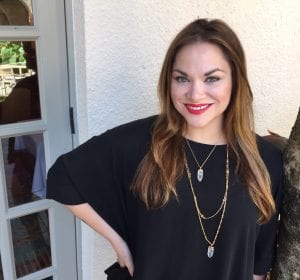 Dina Chavez is the founder and designer of SixChel, an Austin, TX based sustainable fashion brand for the modern woman. She studied Costume Design at The University of Texas-Austin and Fashion Design at The Academy of Art University. Ms. Chavez’s looks have been shown at New York Fashion Week, Fashion X Austin, Fashion X Houston, Fashion X Dallas, The Pin Show (Dallas, TX), The Gotham City Films Studio (Los Angeles, CA) and have been created for Austin based rockstar, Kimberly Freeman for the Grammy Awards.
Dina Chavez is the founder and designer of SixChel, an Austin, TX based sustainable fashion brand for the modern woman. She studied Costume Design at The University of Texas-Austin and Fashion Design at The Academy of Art University. Ms. Chavez’s looks have been shown at New York Fashion Week, Fashion X Austin, Fashion X Houston, Fashion X Dallas, The Pin Show (Dallas, TX), The Gotham City Films Studio (Los Angeles, CA) and have been created for Austin based rockstar, Kimberly Freeman for the Grammy Awards.
